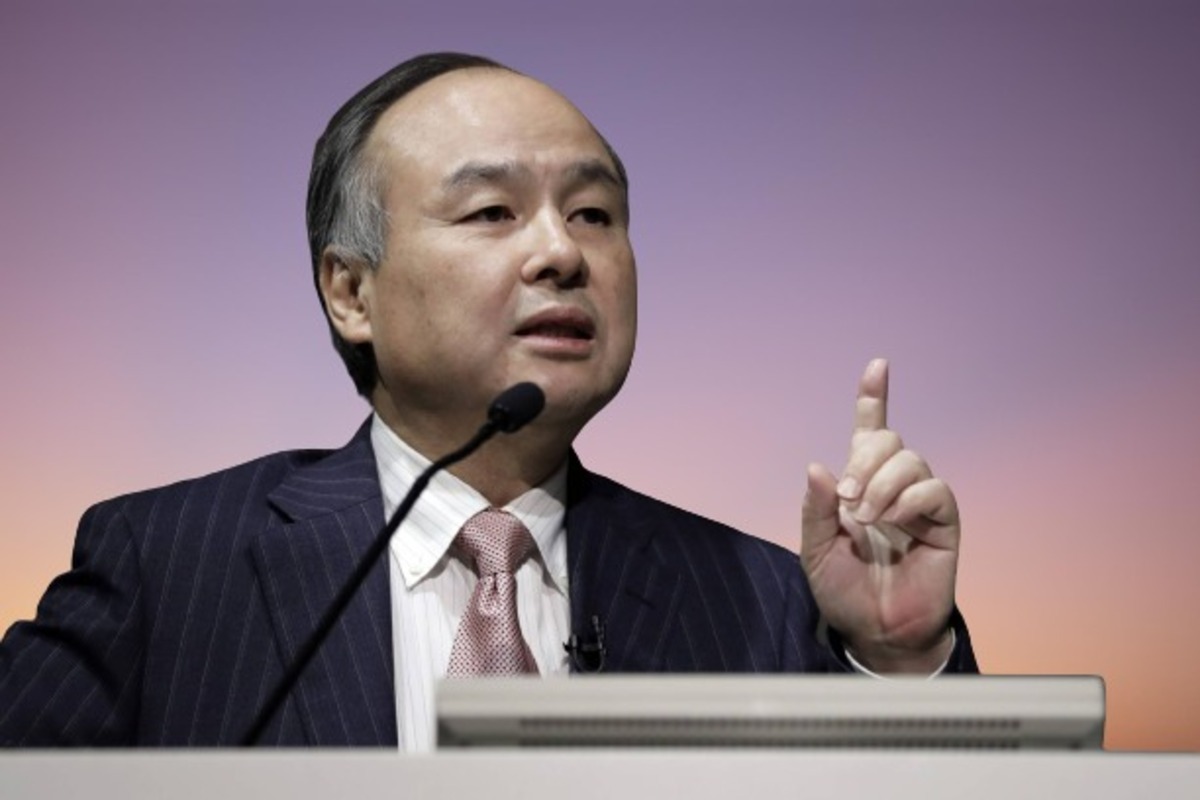SoftBank Surprising Turnaround : SoftBank’s Surprise Loss During a Vision Fund Turnaround: A Look at Arm’s Value Increase. SoftBank Group is a startling symbol of fresh beginnings in Japan’s complicated corporate sector. The Vision Fund, a hidden corporation portion, is rumored. After six quarters of neglect, it is suddenly profitable again. SoftBank’s fluctuating goals and uncertain performance in a fast-changing industry are shown in these corporate dramas.
This narrative stars the Vision Fund. It’s a fantastic approach to realizing tech concepts and significant investments. Like a bird reviving, Arm controls its money handling. SoftBank’s lucrative computer chip division is preparing to go public. This highlights SoftBank’s Vision Fund’s finances. The Vision Fund unit, recognized for its innovation, generated $1.1 billion from April through June. Their investments peaked with this gain. Arm’s stock price rise fuels the Vision Fund’s recovery. Arm’s stock price increase benefits the Vision Fund. Looking beyond Arm’s achievements, the Vision Fund’s enterprises have lost 13 billion yen.
SoftBank is in trouble. They do a complicated dance routine on their business stage, conducting various shows. Three-quarters of declining numbers cost the organization money. It’s a three-part sorrowful narrative. The wide price range makes investing in Alibaba Group, Deutsche Telekom, and T-Mobile U.S. problematic. These firms are the protagonists in SoftBank’s tale of transformation.

Read More : Lucid Ambitious Plans: Luxury Electric Vehicle Firm Aims for Strong Growth
Many financial documents reflect a net loss of 477.6 billion yen ($3.3 billion). This is better than last year’s 3.16 trillion yen loss, although the market expected 75 billion yen. Financial researchers and industry professionals are questioning SoftBank’s convoluted finances because the figures need to match.
In this business story, SoftBank is where unexpected and expectations combine, losses mingle with the hues of beginning again, and the Vision Fund’s recovery shows how value and investment are constantly changing. SoftBank’s fate may be revealed in the following chapters. SoftBank’s rise and collapse, intertwined with innovation and market forces, still fascinates and reminds us that business is continuously changing. SoftBank’s tale is still unfolding. Every new event adds another chapter to this company’s adaptability.
Our Reader’s Queries
What is the downfall of SoftBank?
SoftBank’s massive investments in unprofitable startups from 2017 onwards led to inflated valuations across the globe. However, these valuations were soon deflated by China’s tech crackdown in 2020 and the US Federal Reserve’s rate hikes last year. As a result, SoftBank had to spend months writing down losses and limiting new investments.
Why did SoftBank lose so much money?
The Group experienced a further decline in the July-September quarter, with technology investments faltering and losses mounting from the downfall of WeWork, a shared office space provider that recently filed for chapter 11 protection in the U.S. due to a sluggish office market.
How much did SoftBank lose on WeWork?
WeWork’s downfall has cost SoftBank over $14 billion.
What happened to SoftBank after WeWork?
SoftBank Group’s financial woes deepened in the July to September quarter, with its technology investments faltering and losses mounting due to the downfall of office-sharing firm WeWork. The company’s financial performance took a hit, pushing it further into the red.

